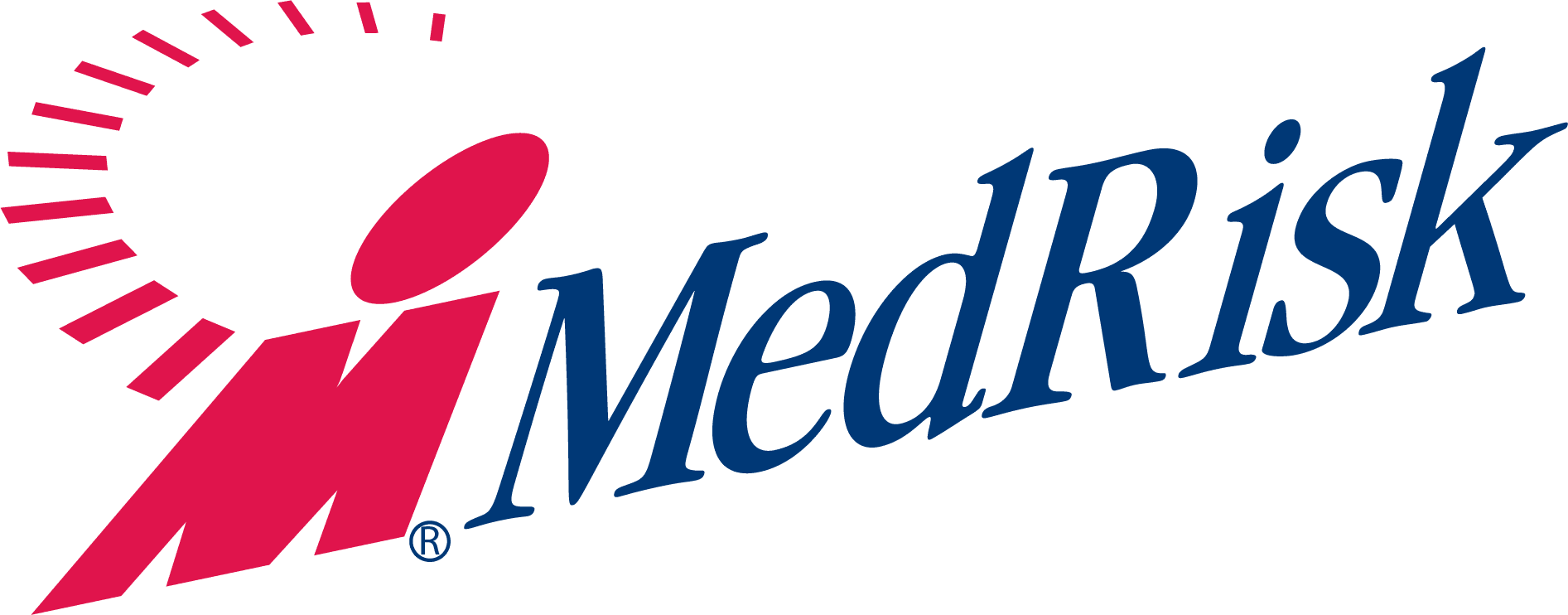Patient education plays a critical role in the shoulder injury recovery process. Make sure it’s being done right.
A shoulder injury can be a traumatic event in and of itself. It can also prompt a whirlwind of phone calls, appointments, tests—and uncertainty about the future. Research suggests that providing patients with a resource to help outline the process and manage expectations may be a game-changer in bolstering both satisfaction and outcomes.
The Relationship Between Patient Education & Outcomes
A recent Gallup study demonstrated that surgery patients who felt they received early patient education —knew what to expect and were prepared for and followed post-procedure instructions—had fewer readmissions, were 33 percent more satisfied with the results, experienced 19 percent fewer problems and reported a higher level of contentment. Altogether, this indicates that patient education can lead to smoother recoveries and potentially lower overall per-patient costs.
That’s why more and more organizations are taking a patient-centric approach to injured worker interactions by incorporating higher levels of communication and engagement with patients prior to and throughout a treatment program. Not only can it improve the quality of care, it can encourage compliance with treatment, reduce the workload of adjusters and case managers and help mitigate psychosocial barriers to recovery.
Educating Patients with Shoulder Injuries
When it comes to shoulder injury cases, there are many misconceptions about the standard treatment program and recovery process. Here are four foundational points to drive home in a patient education program for shoulder injuries.
- You are not alone. Shoulder injuries are the second most common musculoskeletal problem in workers (the first is back pain). The shoulder is made up of four different joints that work together to allow movement of the arms. As we age, the joint and surrounding tendons undergo a natural aging process that can make them more susceptible to injury. Jobs that require repetitive use of the arms above shoulder height or the handling of heavy loads are particularly stressful to the shoulder.
- MRI images should be taken with a grain of salt. Imaging in the initial months after injury is not necessary in most cases unless there is significant trauma. Imaging results can sometimes be misleading. Problems identified on the image may have been present prior to symptoms, and are not really the cause of present pain. Lots of people have ‘wrinkles’ on the outside and inside, that are not necessarily harmful.
- Surgery may not be necessary. Surgery is usually reserved for people who are still having significant problems after a course of physical therapy. A large study found more than three-quarters of patients with chronic, full-thickness rotator cuff tears avoided surgery through a supervised exercise program. In fact, the same study found that the strongest predictor of undergoing surgery—even stronger than the characteristic of the tear itself—was low patient expectations regarding the effects of physical rehabilitation.
- In most cases, a full recovery is expected. For the vast majority of shoulder problems, a complete return to function can be achieved with a combination of temporary activity modification (avoiding heavy or repetitive lifting and sustained overhead use of the arms) and a gradual, supervised exercise program. Shoulder muscles provide stability and control so most problems can be successfully managed with an exercise program. This may require some early coaching and supervision under the guidance of a physical therapist and may take up to 12 weeks to achieve full effect. Sometimes in addition to exercise, medication or an injection may be prescribed to help reduce inflammation and allow for effective exercise. It’s important to stay active and modify work duties, when possible.
To learn more about shoulder injury patient education, download the information sheet “I Have a Shoulder Injury. Now What?”.



